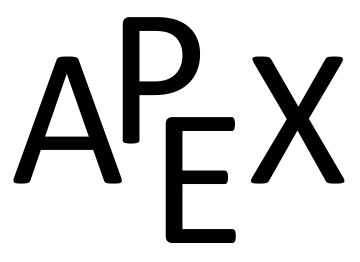The measurements of length can be viewed as measuring “top minus bottom” of two functions. The exact answer is found by integrating
\(\ds \int_0^{12} \big(f(x)-g(x)\big)\, dx\text{,}\) but of course we don’t know the functions
\(f\) and
\(g\text{.}\) Our discrete measurements instead allow us to approximate.
We have the following data points:
\begin{equation*}
(0,0),\,(2,2.25),\,(4,5.08),\,(6,6.35),\,(8,5.21),\,(10,2.76),\,(12,0)\text{.}
\end{equation*}
We also have that \(\dx=\frac{b-a}{n} = 2\text{,}\) so Simpson’s Rule gives
\begin{align*}
\text{Area} \amp \approx \frac{2}{3}\Big(1\cdot0+4\cdot2.25+2\cdot5.08+4\cdot6.35+2\cdot5.21+4\cdot2.76+1\cdot0\Big)\\
\amp = 44.01\overline{3} \,\text{units}^2\text{.}
\end{align*}
Since the measurements are in hundreds of feet, square units are given by (
100 ft)
\(^2 = \)10,000 ft2, giving a total area of
440,133 ft2. (Since we are approximating, we’d likely say the area was about
440,000 ft2, which is a little more than 10 acres.)















